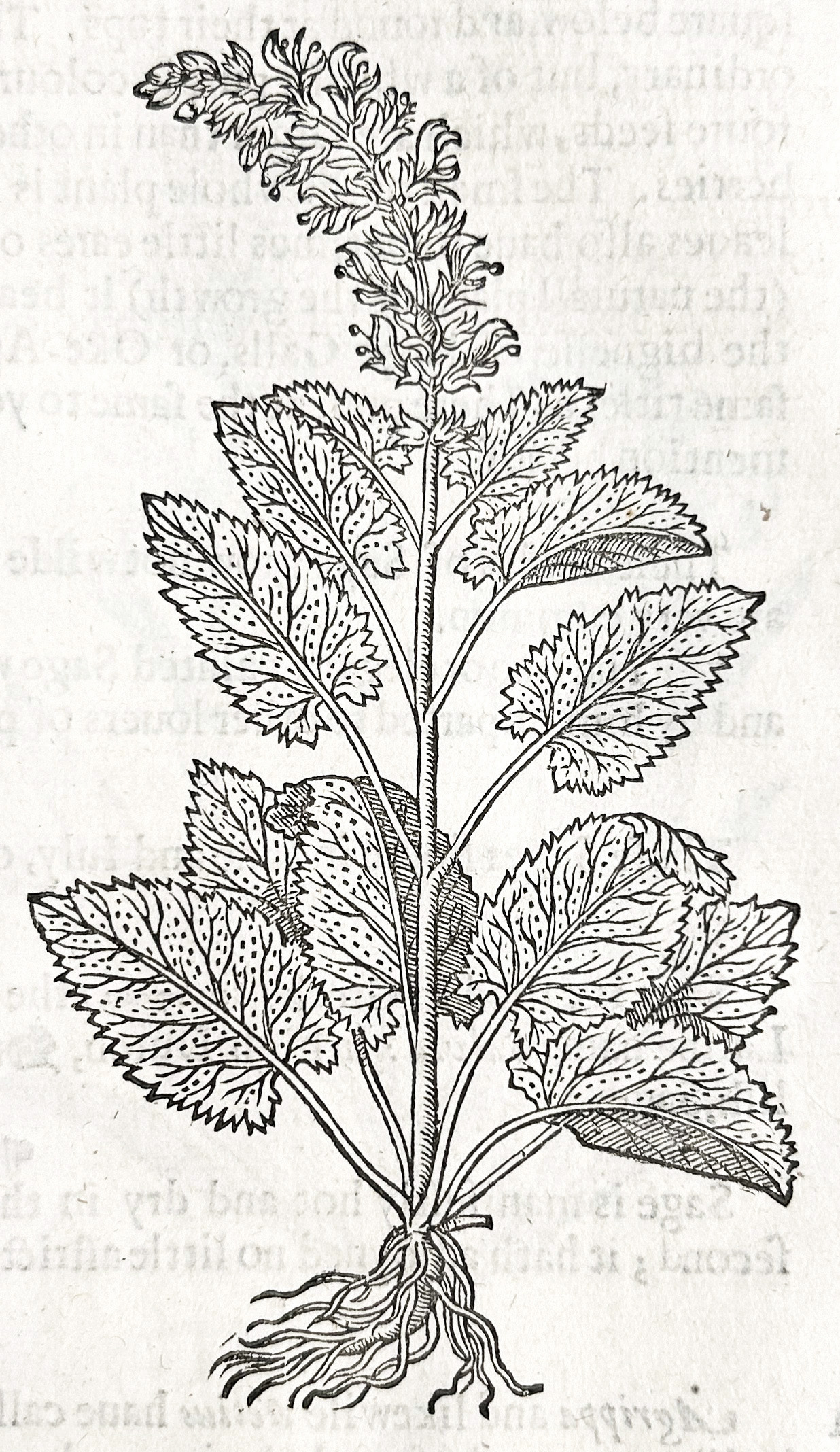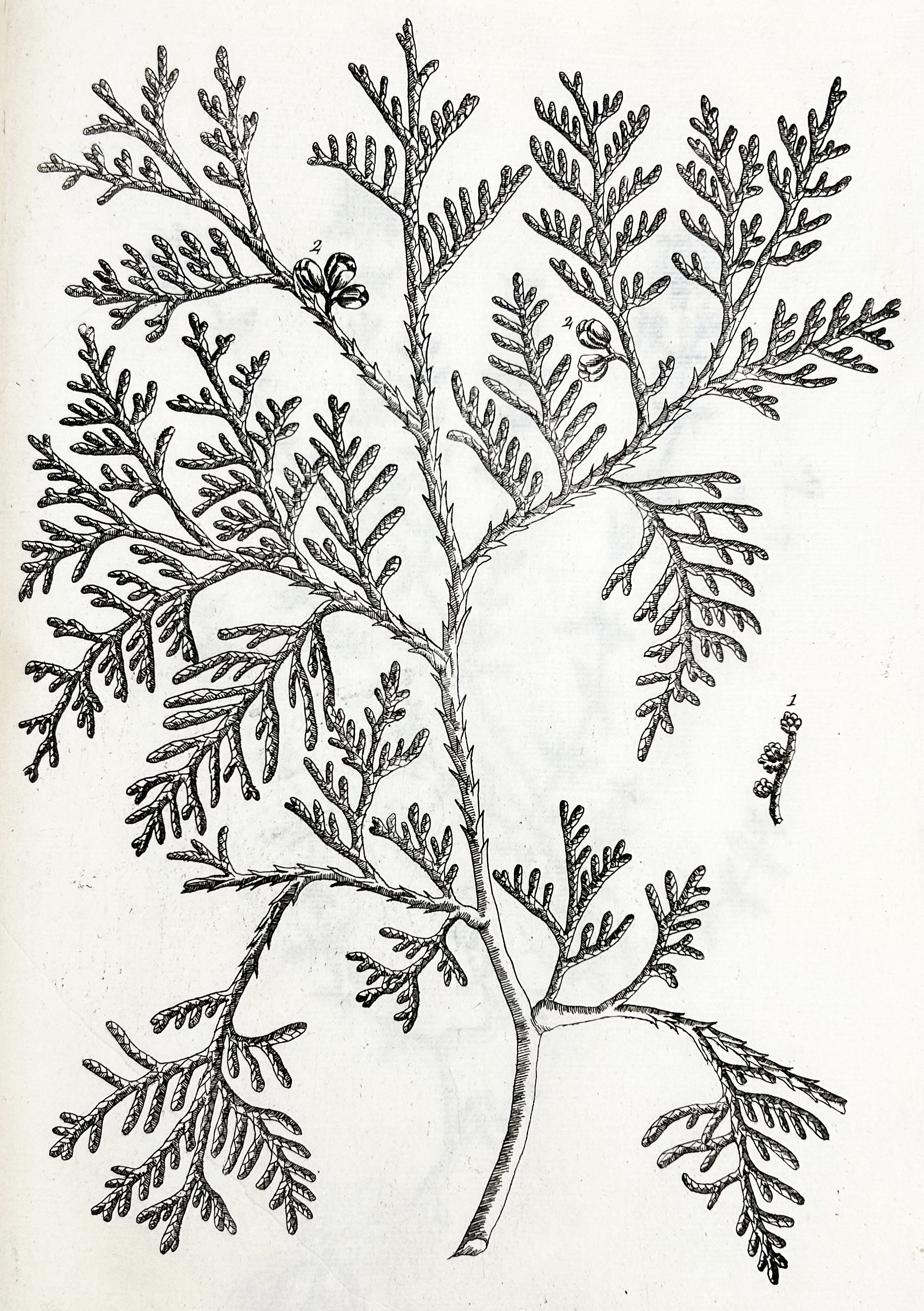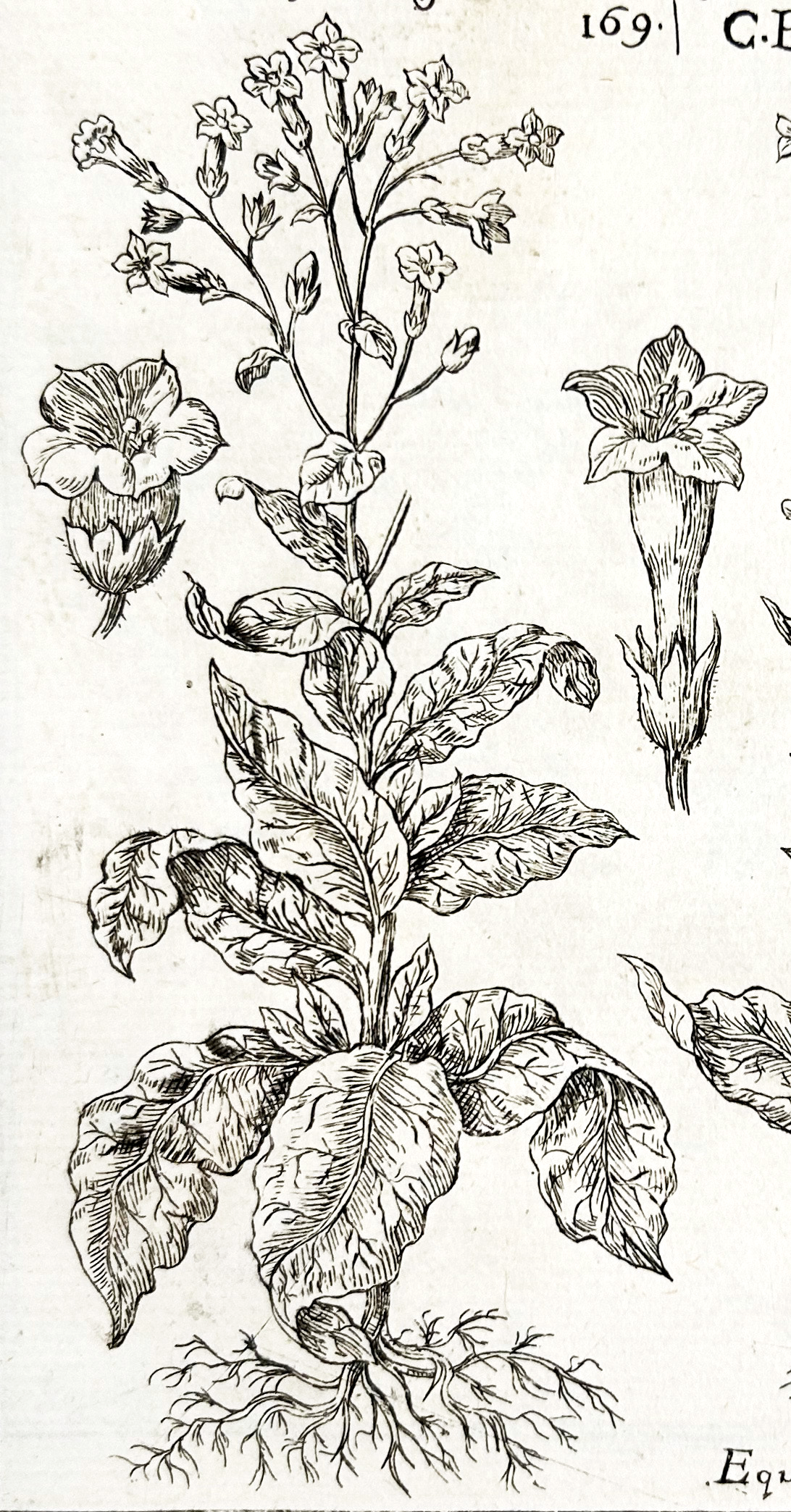The Four Sacred Medicines
By Emma Florio, Archives & Research Specialist
This Native American Heritage Month we explore the Four Sacred Medicines, a common concept in Native American medicine, particularly amongst tribes of the Great Lakes region of the United States and Canada, through their medicinal and ceremonial uses, as well as the plants' individual appearances in Galter's rare book collection.
Since ancient times, humans have used plants for medicinal purposes, building on thousands of years of traditional knowledge. While Western medicine has turned toward the use of synthetic pharmaceuticals, indigenous cultures—including those of North America—continue to practice traditional methods of plant medicine, which are often inseparable from spiritual practices. With over 570 federally recognized tribes in the United States, these practices and the plants used in them can differ greatly. Even so, similar practices do exist across regions, using plants that have been noted for their healing properties by many cultures.
One concept in indigenous medicinal and spiritual practice is the Four Sacred Medicines, commonly considered to be tobacco (Nicotiana rustica), cedar (Thuja occidentalis or plicata), sage (genus Artemisia or Salvia apiana), and sweetgrass (Hierochloe odorata). These plants are used in combination with each other and with other plants for many medicinal purposes. Different methods of preparation allow for different treatments. Leaves are boiled into teas that can be drunk or the steam inhaled to treat internal complaints, such as sore throats or menstrual disorders, or to act as digestive aids. The oils of crushed plants are mixed into topical ointments to treat skin conditions or aches and pains. The Four Sacred Medicines are also all noted for their pleasant smells, adding a therapeutic psychological effect similar to aromatherapy.
The Four Sacred Medicines (particularly cedar, sage, and sweetgrass), often in combination with other plants, are also burned to create smoke which is used ritually in a ceremony called smudging. Benefiting from their pleasant smells, the smoke from these plants is used to cleanse and purify ceremonial spaces in preparation for religious rituals. Medicinally, inhaling or smelling the smoke is also believed to promote healing by drawing on the plants’ broad therapeutic properties, bringing them directly to those who are sick. In some cultures, cedar and sage in particular are thought to dispel evil disease-causing forces while sweetgrass attracts positive healing spirits.
Tobacco, a plant indigenous to the Americas, is seen in particular by Native Americans as a potent medicine that can promote physical, spiritual, emotional, and community well-being. While its smoke can be used for smudging, it is distinguished by its unique ability to connect to the spirit world and carry prayers to the creator. It is also used for many of the specific medicinal purposes of the other sacred medicines. In earlier centuries, Europeans also recognized tobacco for its healing properties. French diplomat Jean Nicot, for whom nicotine is named, first sent tobacco to Europe in 1560 as a cure for headaches. It was prescribed for a wide range of ailments throughout the 16th and 17th centuries. The development of a commercial tobacco industry, which encouraged heavier use of newly engineered varieties of tobacco, has all but eliminated any associations of the plant with health benefits. For Native Americans, though, traditional tobacco (which is botanically different from commercial tobacco) still maintains its cultural and spiritual importance.
The Four Sacred Medicines in Galter's Rare Books
 |
 |
 |
| Sage (Salvia apiana) from John Gerard’s Herball, or Generall Historie of Plantes (1636) | Cedar (Thuja occidentalis) from Elizabeth Blackwell’s Curious Herbal (1739) | Tobacco variety, from Giambattista Morandi’s Historia botanica practica (1744) |
Selected References
American Indian Health Service of Chicago. “Four Sacred Medicines.” Accessed November 19, 2024.
Cohen, Kenneth. Honoring the Medicine: The Essential Guide to Native American Healing. One World: New York, 2003.
National Native Network. “Traditional Tobacco.” Keep It Sacred. Accessed November 19, 2024.
Updated: November 21, 2024